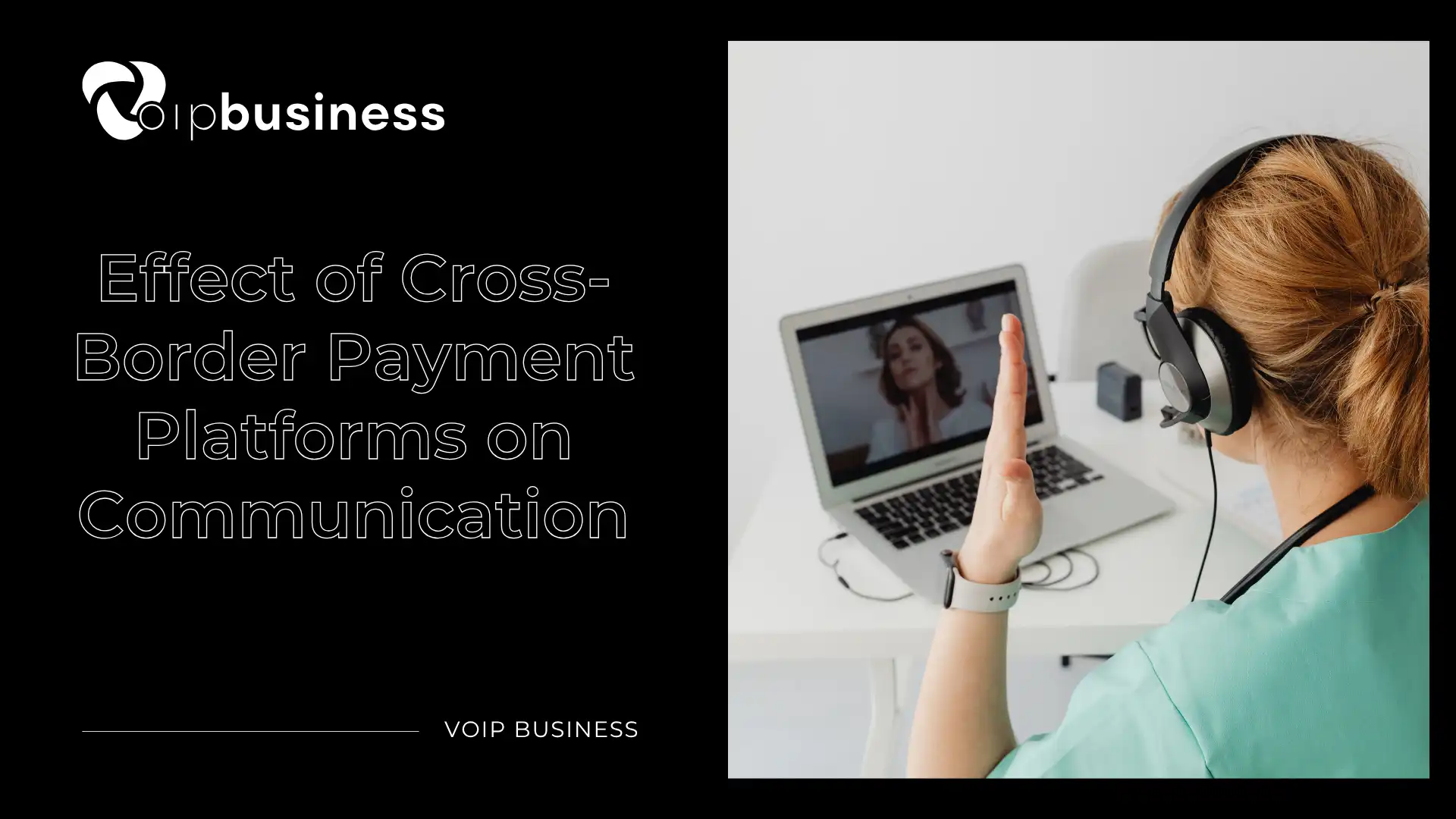
How to Block Robocalls And Spam Calls: Simple Steps Anyone Can Follow
Telemarketers, illegal robocalls, spam calls, and call spoofers with falsified caller IDs are still a significant problem-making people surrender personal information and costing more than 56 million Americans money. By the time this is written, 5.5 million Robocalls are being made every hour. The positive thing is that you can secure yourself, and you can do it with the assistance of features and tools offered by your VoIP provider, third-party applications, your smartphone, and even FTC. This blog will discuss how to block robocalls and spam calls on different devices, types of spam calls and whether robocalls are illegal or not. What Do You Mean By Robocalls and Spam Calls? A robocall is an abbreviation of robotic call and can be described as an autodialer which is a computerized phone call. The autodialer either records a message or makes a connection to a live individual after the call is answered. Certain robocalls are able to use personalized audio messages sounding like a personal telephone call and can even call the person by name. Spam calls may be annoying and, in most instances, dangerous. Types of Spam Calls or Robocalls Some of the common examples of spam calls or robocall scams include: Spoofing calls IRS scams Charity scams Travel scams Customer care scams Loan scams etc. Example 1 Hi, it’s Mia. Notice regarding the recent COVID-19 coronavirus, the IRS is also extending the tax filing deadline and paying previous tax debt. In case you have more than 10,000 back owed taxes to the IRS and need assistance, press 1. In case this was an erroneous call please press 7 to be removed. We will be able to end wage garnishments, leans, and reduce or erase the amount that you owe. Example 2 Hello, I am sending you an urgent message about your credit card payment. Following the present trends of the epidemic of coronavirus, the cardmember services chose to remove your monthly payments and interest rates. Credit card members are now able to enjoy the facilities of getting rid of monthly payments and reduced interest rates. In order to talk to a representative press 1. Are Robocalls Illegal? There are legitimate robocalls in the U.S that are permitted without consent according to the regulations of the FTC. The following are some legitimate robocalls and the reason why : Robocalls with informational messages are informing you that you are canceling your flight or that you have a medical appointment. Debt collection robocalls are businesses which are validly attempting to collect a debt and are permitted to use recorded call messages to reach you. Nevertheless, any service that tries to offer you services to cut your debt is not and is likely to be a scam. Pharmacies are calling healthcare providers to remind you to refill a prescription. These calls may be made by messages sent by charities themselves. However, when a charity has an individual to do robocalls on their behalf, the robocalls may be limited to former donors or charity members. They should also have an automatic setting to allow you to stop future calls. Way to Recognize and Block Robocalls and Spam Calls? The following are some of the ways to spot and prevent spam or fraudulent callers. Do not pick the calls or texts of unknown numbers or any other numbers that look suspicious. Do not provide your personal or financial details by mail, text, phone, etc. You should be careful when someone is pressuring you to give them any information or pay them with money immediately. Scammers can spoof phone numbers in order to make you answer or reply. Always bear in mind that the government agencies will never call you to request personal details or funds. Never lend money to a charity (e.g. by calling its helpline or visiting its real site) before giving. When the caller is a general sounding organization like HealthCentral 2020, Local Air Duct, The Government, or even failing to name their organization, then it is fake. When it is urgent to do something, it is a scam. The marketing agencies or unknown numbers that are recorded as generic calls are most likely to be spam calls. When the caller states that he or she knows you but does not know your name, it is a scam. In case the caller says he represents an existing relationship and cannot give an account number, or otherwise establish that he is who he claims to be, it is a scam. It is already known to a legitimate business calling one of their clients that he/she knows everything about his/her client. The customer is not to offer any information to the caller except possibly confirming a date of birth. It is a scam if you are asked to give money, cash cards, social security numbers, credit card or bank account numbers, shoe size at 14 years old, maiden name of mother, etc. Bills that are legitimate to be paid may be paid through the mail. Additionally, visit FCC.gov to learn consumer tips that can help prevent unwanted robocalls. What Will be the Result of Calling Spam or Robocalls? Answering a spam call might result in more spam calls. When you pick up the phone, you are practically informing robocallers that your phone is active and can be sold to other telemarketers. One should not take calls that have no name. Should, however, you chance to respond to such a call, hang up. These are some of the measures that should be followed in case of an answer to a spam call. i. Hang Up Immediately Nobody should wait until they recognize it as a robocall; hang up. The less you are involved the better. Talking or responding, the call can be labeled as a live call, and you will be exposed to a higher number of them. ii. It is Best to Avoid the Word Yes Most of the robocall frauds begin with a question such as, “Hello, can you hear me? Of which people can answer yes automatically. They will then be in a position to save the record of your confirmation and commit fraud with it. Therefore, do not say yes when you can. iii. Do Not Follow the Instructions of the Bot Robocalls can also make you perform some action, sometimes like press 1 to talk to a live representative or press 2 to unsubscribe, and so on. When you take the call, you are letting the robocallers know that you are a vulnerable target and request additional robocalls. Try to avoid taking action. iv. Report the Call to the FTC You may file a report about robocalls with the Federal Trade Commission at donotcall.gov. Reporting the number on your caller ID would assist FTC in tracking the fraudsters behind the call. The FTC publishes the telephone numbers you report on business days so that they are available to all. This assists phone carriers and other collaborators who are striving for call-blocking solutions. Reports also assist law enforcement in the identification of the individuals behind the illegal calls. v. Exercise Caution Robocall scams have a tremendous impact. They will also waste your time even though they will not acquire your credit card details. Always be careful whenever you encounter an unfamiliar caller ID. In case a business entity is calling you, you can pick up, visit their site to get their contact number and call them back to find out whether it is a genuine call. How to Block Robocalls and Spam Calls? In case you are asking yourself what to do about robocalls or how to block spam calls, the following are some tips on device-specific ways of blocking spam calls. Prevent Robocalls on iPhones iPhone iOS devices provide you with an opportunity to block selected numbers, or, alternatively, you can always divert all calls made by unknown people to voicemail. To block a number on the iPhone: Open the iPhone application and press Recents. Find the number that you would wish to block. Click the blue i in the right corner of the number in a circle. Opening the next screen, swipe down and select the option Block this caller. Tap on the message which comes up on the option block contact. To be out of the reach of every number not on your Contacts list: Click on settings and choose the option phone. Scroll down Tap the switch of Silence Unknown Callers, making it show green. In Conclusion – Block Robocalls And Spam Calls Even with new technology that has been introduced to block spam calls, including two-factor authentication and blocklists maintained by communities, robocalls and spam calls are still threatening the peace and privacy of any phone user. Fortunately, with some of the embedded protection features and software to Block Robocalls and Spam Calls, it is possible to block a statistically significant number of spam callers, without blocking out legitimate calls. Today, consider using a security-focused VoIP provider, mobile provider, or mobile app, which you have not done yet. FAQs – Block Robocalls And Spam Calls Q1. Is it possible to block robocalls automatically? You cannot ensure that all robocalls will be blocked; however, with the help of measures such as using a third-party application, silencing anonymous calls, and registering in the Do Not Call Registry, a significant number of robocalls can be avoided. Q2. Does it have a free robocall blocker? Yes. Numerous call blocking applications provided by third-party providers are free. Q3. What can I do to block my robocall number? Block a specific robocall number To block a specific robocall number, locate the number in your Call Log, tap the number or the icon beside it, and choose Block Caller. Q4. So what exactly happens when I pick up a robocall? The next best thing to do when you are answering a robocall is to hang up without uttering a single word and without any button presses. If someone makes an unwanted call when you have no information about them, the best course of action is to let it go to voicemail. Q5. Why do robocalls hang up? After answering a robocall and the caller hangs up, it is normally the case that the so-called machine making the call only wants to make sure that the number is hung up and the person is on the other side of the call. When verified, spammers will add you to a calling list to be sold to other spammers or better still, they may use it to spoof their calls. That is why it is necessary never to pick up a robocall. Read More : VoIP Protocols Explained: What They Are and Why They Matter








